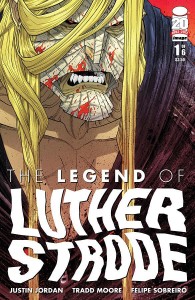 If The Strange Talent of Luther Strode was the origin tale of an 80s slasher film-style killing machine wrapped up in a superhero story, then it would stand to reason that the sequel would have to be the actual horror movie. This is a somewhat tricky proposition, because despite the similarities between a superhero and a slasher flick villain – on a mission, with a distinctive outfit and / or mask, and apparently indestructible – a horror movie is not a superhero story.
If The Strange Talent of Luther Strode was the origin tale of an 80s slasher film-style killing machine wrapped up in a superhero story, then it would stand to reason that the sequel would have to be the actual horror movie. This is a somewhat tricky proposition, because despite the similarities between a superhero and a slasher flick villain – on a mission, with a distinctive outfit and / or mask, and apparently indestructible – a horror movie is not a superhero story.
In a slasher film, the killer is “other,” appearing from out of nowhere and picking off the people who are the primary protagonists and the focus of the story. Further, while many if not most of the victims might, for whatever reason, “need killing” (for having sex or smoking pot or drinking underage – hey Mom! You were right! I do need killing!), there needs to be one character for whom the audience is invested and pulling for to escape, if not defeat, the unstoppable force in the shadows. And it is one hell of a proposition to try to tell a story about a superhero in a story format where you have to not only stick him in the background, but find someone you like enough to hope that she (because it’s always a “she” who winds up facing down the killer in slasher films, isn’t it?) kills your hero.
If I were Luther Strode writer Justin Jordan, I would look at these challenges, smile, cut my losses and walk away. However, in the first issue of The Legend of Luther Strode, he instead embraces the story structure of a slasher film, taking the risk of pulling focus away from Luther and putting it on his “victims,” and gives us an antagonist for Luther who, at this point anyway, I wouldn’t mind seeing maybe win.
But again, the question is: does the slasher story format work in what is ostensibly a superhero comic?
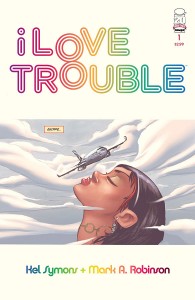 Editor’s Note: Now watch me kids, when I twist my ring: like magic, we’re at Spoiler King!
Editor’s Note: Now watch me kids, when I twist my ring: like magic, we’re at Spoiler King!
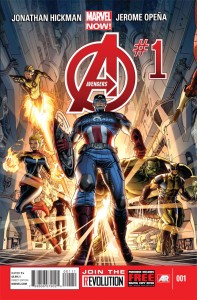



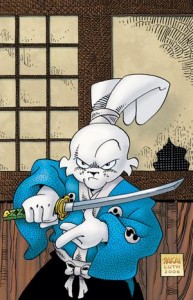
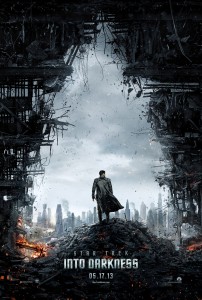
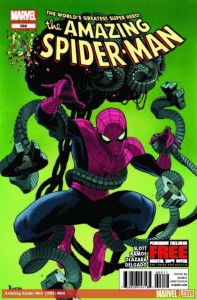
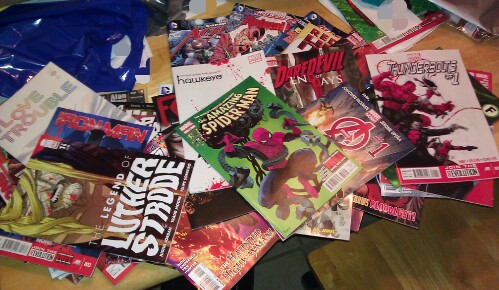
 Podcast RSS Feed
Podcast RSS Feed iTunes
iTunes Google Play
Google Play Stitcher
Stitcher TuneIn Radio
TuneIn Radio Android
Android Miro Media Player
Miro Media Player Comics Podcast Network
Comics Podcast Network